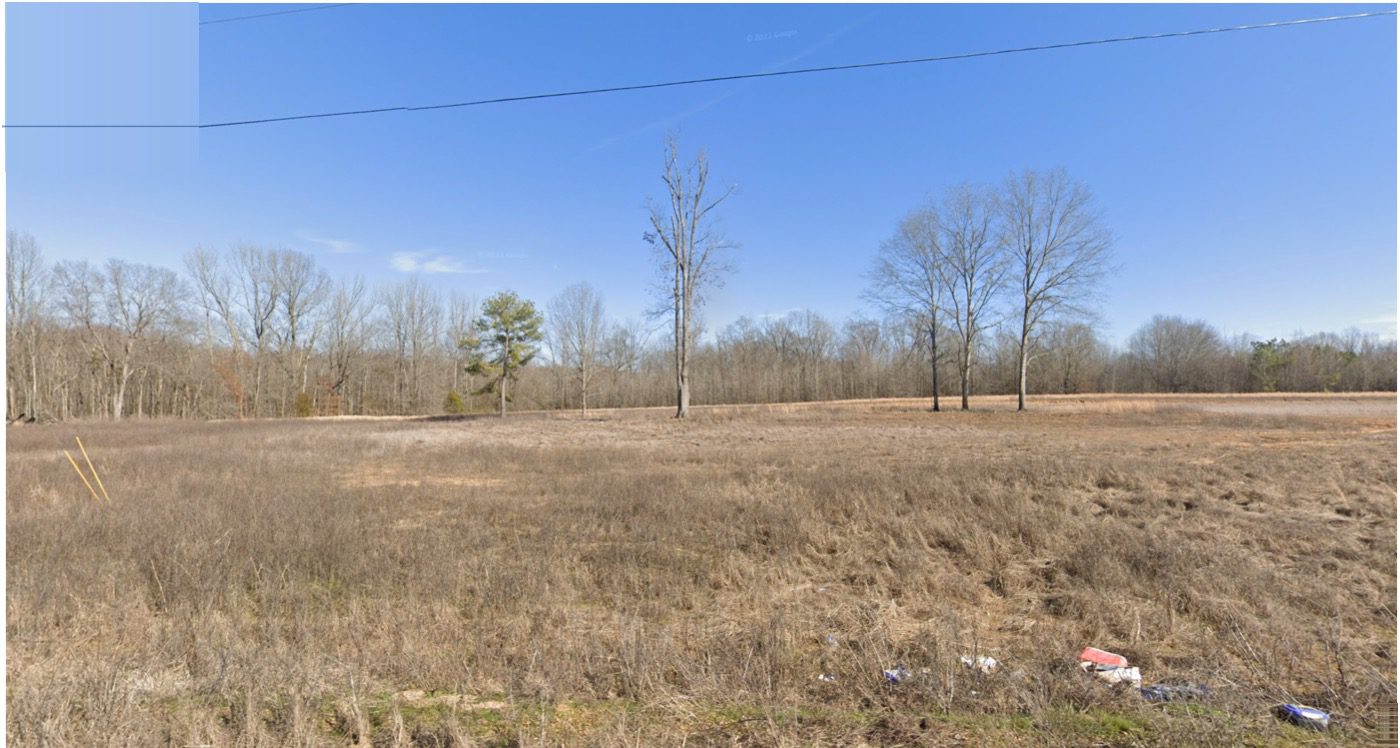Recent wildfires in Los Angeles and Southern California have once again highlighted the challenges of owning real estate in the region. The fires, fueled by dry conditions and strong Santa Ana winds, have destroyed homes, displaced families, and created a ripple effect throughout the real estate market. Beyond the immediate devastation, these wildfires have far-reaching implications for property owners, investors, and the broader housing market. Here, we explore how the fires are driving up real estate prices, making insurance costly and difficult, and influencing investment decisions as investors look to other markets for better opportunities.
Rising Real Estate Prices
One of the paradoxical effects of wildfires in Southern California is their tendency to drive up real estate prices. As fires destroy homes, the housing supply shrinks, exacerbating the already tight inventory in the region. California has long faced a housing shortage, and the loss of homes in wildfire-prone areas only intensifies the competition among buyers. This demand pushes prices higher, making it even more difficult for prospective homeowners and investors to enter the market.
In addition to limited supply, rebuilding efforts often take years, further delaying the return of housing stock. The high costs of construction, labor, and materials in California—further inflated by wildfire recovery efforts—add to the expense. While rising prices may seem like a boon for property owners looking to sell, they also present significant barriers for investors seeking to acquire properties with strong cash flow potential.
The Insurance Challenge: Costly and Difficult Coverage
One of the most significant hurdles for property owners in wildfire-prone areas is securing insurance. Insuring homes in California has become increasingly difficult and expensive due to the escalating frequency and severity of wildfires. Many insurance companies have either raised premiums to unaffordable levels or pulled out of high-risk areas altogether, leaving property owners with few options.
For investors, the high cost of fire insurance erodes profit margins. Coverage that was once reasonably priced can now cost several times more, making it a major expense that directly impacts the property’s return on investment (ROI). In some cases, owners may be forced to turn to California’s FAIR Plan, a last-resort insurance option with limited coverage and high premiums. The combination of these factors has made owning property in Southern California increasingly unappealing for investors.
California’s Investor-Hostile Environment
California has long been a challenging state for real estate investors, even before the recent wildfires. The state’s high property prices, combined with stringent tenant-friendly laws, make it difficult for investors to generate significant returns. Rent control measures, eviction restrictions, and other regulations favor tenants, often leaving landlords with limited flexibility to respond to market conditions or address problem tenants.
Add to this the high property taxes, maintenance costs, and now exorbitant insurance premiums, and it becomes clear why many investors are questioning the viability of holding properties in California. The wildfires are simply the latest in a series of challenges that make the state an increasingly unattractive option for those seeking profitable real estate investments.
Shifting Investment Strategies: Selling California Properties
Given these challenges, many investors are looking to sell their California properties and reinvest in more favorable markets. Selling a single California property can unlock significant equity, which can then be used to purchase multiple properties in more investor-friendly areas. For example, a home in Los Angeles or Orange County might sell for $800,000 to $1 million or more. That same amount could be used to acquire several investment properties in markets like Olive Branch, Mississippi, or near Memphis, Tennessee.
What Areas Are Attractive Alternatives?
Markets like Olive Branch, Mississippi, and Somerville, Tennessee, offer several advantages for real estate investors:
- Affordability: Property prices in these areas are significantly lower than in California. An investor could purchase multiple properties for the price of a single California home, diversifying their portfolio and reducing risk.
- Better Returns: Lower property prices and strong rental demand in these markets translate to higher cash-on-cash returns and better overall ROI. Investors can achieve positive cash flow more easily compared to California’s high-cost environment.
- Landlord-Friendly Policies: States like Mississippi and Tennessee are known for their landlord-friendly regulations. These include fewer restrictions on evictions, no statewide rent control, and a more balanced legal framework that supports property owners.
- Lower Risk: The absence of wildfire risk in these areas reduces the need for costly insurance, further improving the profitability of investment properties. Additionally, these regions are less prone to natural disasters like earthquakes, which also plague California.
- Strong Rental Demand: Memphis MSA, in particular, has a growing economy and a steady influx of renters, driven by its status as a logistics hub and the presence of major employers like FedEx. This creates a stable rental market with consistent demand.
Making the Transition
For California property owners considering a move, the process involves several steps:
- Evaluate Current Property Value: Determine the market value of your California property and the potential proceeds from a sale.
- Research Target Markets: Look into areas like Olive Branch and Memphis MSA to identify suitable investment opportunities. Consider factors such as property prices, rental demand, and local economic conditions.
- Engage An Experts: Work with the experts at Meridian Pacific Properties who specialize in the investment market to ensure a smooth transition.
- Reinvest Wisely: Use the equity from your California property to purchase multiple properties, spreading your investment across several assets to reduce risk and maximize returns.
Conclusion
The recent wildfires in Los Angeles and Southern California have underscored the challenges of owning real estate in the region. From rising prices and costly insurance to an investor-hostile regulatory environment, the barriers to profitability are becoming increasingly difficult to overcome. For many investors, the solution lies in selling their California properties and reinvesting in more favorable markets like Olive Branch, Mississippi, or Memphis, Tennessee. These areas offer better returns, lower costs, and a more supportive environment for property owners, making them an ideal choice for those looking to maximize their investments and minimize risk.
Please Share This Article
If you enjoyed this article, please share it. We appreciate your support and referrals.
Talk To The Author
Brian Conlon is the Director of Business Development at Meridian Pacific Properties. With years of experience in real estate investing and turnkey property management, Brian specializes in helping investors optimize cash flow, plan for long-term property performance, and navigate the complexities of real estate investing.
Schedule a consultation with Brian to learn more about investing in SFR investment properties.







